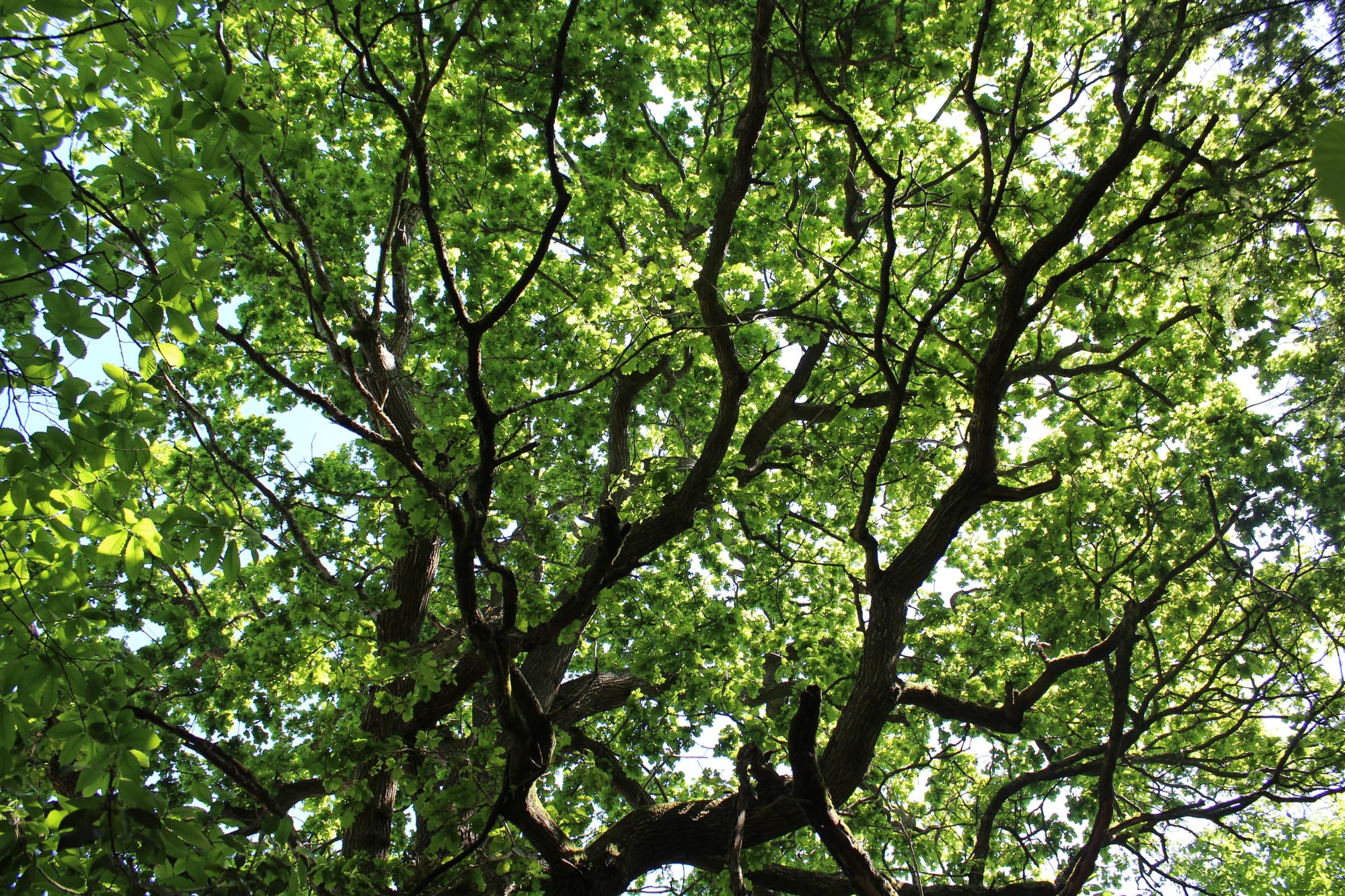WNC Tree Strategy Consultation

West Northamptonshire Council have invited local people to share their ‘views on the development of our Tree Strategy’. The consultation opened on 29 November and closes on 1 January 2024, so we don’t have long to respond. There is a link to the consultation at the bottom of this post.
There was a previous Overview and Scrutiny Consultation on ‘Management of Trees’, in March/April 2022. This isn't mentioned as part of the new consultation but I know that people would have put time and effort into responding to it so I hope their input is being considered.
This new consultation asks for your opinion about trees in our area and what to include in the Tree Strategy. There are a number of tick-box questions asking how you feel about trees – positive answers only, we hope!
We've provided some notes below on what you might want to say where the consultation allows you to add comments. This is just a starting point - there may well be things we have missed, please use the comments section below to improve on our notes.
If you are interested in trees and perhaps thinking about starting a tree planting project in your area, let us know. And if you need information to get you started The Tree Council covers all aspects of tree work very comprehensively.
WNC Tree Strategy - notes on suggested responses
Question:
How do you feel about these trees [in your area]?
If you wish to let us know why you answered this question in the way that you did, you can do so here:
You might want to include in your response:
· The trees in my neighbourhood provide a lot of benefits including homes for wildlife such as invertebrates and birds; food eg berries for birds, flowers for bees and other pollinators; shade in the summer.
· The neighbourhood is more attractive and interesting to live in because it contains trees.
Question:
Please use this space if you would like to give further comments on the amount of trees in your immediate local area or wider West Northamptonshire area:
You might want to include in your response:
· I would like to see more trees in urban areas to provide benefits to humans and wildlife. There are lots of places where trees could be planted in my neighbourhood, but I understand some of these are blocked by WNC Highways and/or their contractor because of a rule that new trees cannot be planted within 6 metres of a highway. This is despite the fact that existing trees alongside roads and streets cause few problems and are in many ways beneficial. Selection of the right tree for the location will prevent most problems.
· We are seeing the effects of climate change in our locality and across the world. Planting more trees and looking after the trees we have can help us deal with some of the issues related to climate change. WNC's own recently approved Estate Climate Strategy highlights the need to plant trees as part of the council's plans to deliver Net Zero.
· Trees provide shade in the summer - an important consideration as we are expecting hotter temperatures to become the norm. Trees absorb water, helping to manage excessive rainfall, which is also going to become more common.
· Planting native trees provides considerable biodiversity benefits as trees provide homes and food for a range of wildlife.
We suggest ticking all the suggested items for inclusion in the Tree Strategy. You might want to add:
· Retention of mature trees in situ for development proposals.
Question:
If you have suggested other areas to be included in the tree strategy, let us know if you have any suggestions to help deliver them:
Suggested response:
· In development proposals, mature trees in situ should by default be considered for retention, with removal permitted only when unavoidable. Alternatives to felling made a priority, with risk balanced against the benefits a tree provides.
· Planning policies and guidelines must be fully aligned with the Tree Strategy.
Question:
As part of our tree strategy, we are looking to update the councils frequently asked questions (FAQ's) specifically on how we handle concerns with trees. Let us know if there are any areas or concerns about trees that you think we should address within the FAQ's:
You might want to include in your response:
· Where trees are considered to be causing problems, clearly outline the alternatives to felling and that felling should be a last option only when unavoidable. Where trees have to be removed they must be replaced wherever possible.
· Help people identify appropriate trees to plant according to the site and other requirements, and offer advice on caring for newly planted trees.
· Advice on the issue of ivy growing on trees, to prevent ivy being cut unless there is expert opinion that it is damaging the tree. Ivy is very beneficial to wildlife and not usually harmful to healthy trees.
Question:
Involving the community is important to us, but we have to manage our limited resources carefully. Let us know if you have any ideas you think we should consider to increase public involvement:
You might want to include in your response:
· Work with town and parish councils to share knowledge and adopt a co-ordinated approach to trees within West Northants. This could include asking each local council to nominate a ‘Tree Champion’ as a main contact point for education and activities related to trees.
· Provide advice and guidance to community groups and members of the public about planting and caring for trees. This could include providing details of organisations that offer grants or other support for tree planting projects (eg Woodland Trust and the Tree Council).
· Promote community initiatives such as community orchards
· Use WNC communications channels to share stories of successful community tree planting projects
Question:
Let us know if there is anything further that you would like to add in respect of trees in West Northamptonshire or the proposed tree strategy:
You might want to include in your response:
I want to see a change to the rule that trees cannot be planted within 6 metres of a highway. As a minimum, this should be changed to allow consideration of each site on a case-by-case basis.

